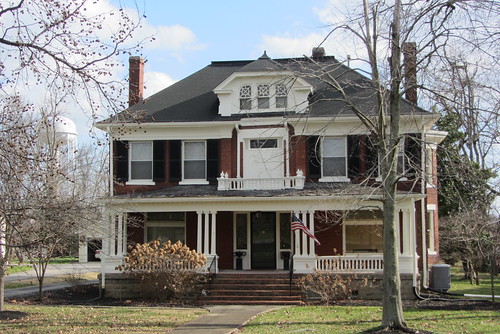
Chris and Peter have worked hard, yet they also have benefited from their parents’ healthy economic standing. Their parents paid their college tuition, and helped them to purchase their first home. This permitted them to live without being saddled by debt and to use their economic advantages to build their own wealth.
Judith and Steve Andrews are an African-American family with a different story. Judith Andrews bought their home in the Vandenvert neighborhood of Saint Louis in 1982 for $1,500. The home was dilapidated, and she has since put about $30,000 into the home to completely revamp it. In 1990, the average price for a home in the primarily black neighborhood where she purchased the home was $32,000. In 1994, Judith, who has a Master’s Degree, married Steve, a paralegal. Together, they, like the Ackermans, earned about $80,000 in 2003. As Judith and Steve considered their options for sending their children to school, they saw their best option to be private schools, which cost them $18,000 a year for both children. They took out a home equity loan to cover their expenses. By 2003, their house was worth about $70,000.
If the Andrews’ home had been in a primarily white Saint Louis neighborhood or suburb, it would have increased more in value between 1982 and 2003. Homes in the nearby suburb of Skinker, which is 88% white, were valued well into the $300,000s in 2013. And, the local Ralph M. Captain Elementary school that serves Skinker was ranked 10 out of 10 in Great Schools. In contrast, homes in good condition in Vandenvert were selling for less than $20,000 in 2013, and the local school, Cole Elementary, was ranked 1 out of 10 in Great Schools, with less than 20 percent of students passing assessment tests.
Julie Andrews could have made different decisions about where to purchase a home in 1983. However, her story is part of a larger pattern where African Americans are locked out of building home equity and having the opportunity to attend good public schools simply because they purchase homes in primarily black neighborhoods. These disadvantages are then passed along to their children, who will have to take out loans if they wish to attend college, and who will not be able to rely on their parents to help them out with a down payment on a home. And, thus, the cycle continues.
(Story from pages 57-59 of Oxford University Press book The Hidden Cost of Being African American and supplemented by information from Zillow.com )
Things never change!
ReplyDelete